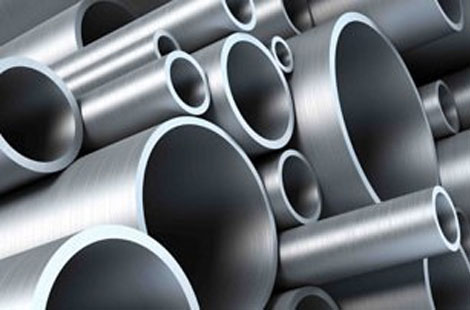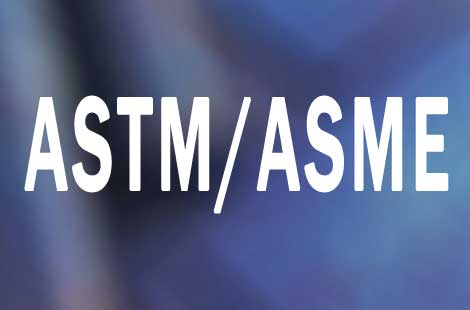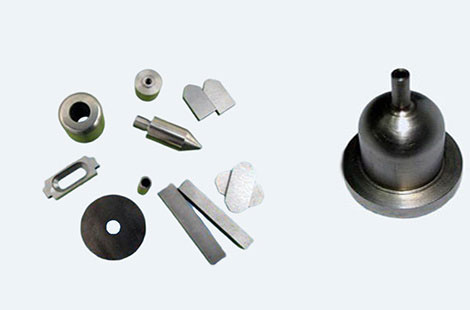Duplex Stainless Steels

Duplex stainless steels have a combination of two phases, ferrite, and austenite in approximately equal measure. This allows them to benefit from the advantages of both austenitic and ferritic stainless steel, leading to increased strength, improved weldability, higher toughness, and resistance to several types of corrosion. Commercially, they are also cheaper than austenitic stainless steels due to their lower nickel content.
Here, you will learn about:
- The properties of duplex stainless steel
- Duplex stainless steel grades and standards
- Duplex stainless steel applications
- Future of duplex stainless steel
Properties of selected heat-treated duplex steel grades
(all values taken at 20 °C).
| ASTM A789 Grade S32520 Heat-Treated | ASTM A790 Grade S31803 Heat-Treated | ASTM A790 Grade S32304 Heat-Treated | ASTM A815 Grade S32550 Heat-Treated | ASTM A815 Grade S32205 Heat-Treated | |
| Elastic modulus | 200 GPA | 200 GPA | 200 GPA | 200 GPA | 200 GPA |
| Elongation | 25 % | 25 % | 25 % | 15 % | 20 % |
| Tensile strength | 770 MPa | 620 MPa | 600 MPa | 800 MPa | 655 MPa |
| Hardness, Brinell | 310 | 290 | 290 | 302 | 290 |
| Yield strength | 550 MPa | 450 MPa | 400 MPa | 550 MPa | 450 MPa |
| Coefficient of thermal expansion | 1E-5 1/K | 1E-5 1/K | 1E-5 1/K | 1E-5 1/K | 1E-5 1/K |
| Specific heat capacity | 440 – 502 J/(kg·K) | 440 – 502 J/(kg·K) | 440 – 502 J/(kg·K) | 440 – 502 J/(kg·K) | 440 – 502 J/(kg·K) |
| Thermal conductivity | 13 – 30 W/(m·K) | 13 – 30 W/(m·K) | 13 – 30 W/(m·K) | 13 – 30 W/(m·K) | 13 – 30 W/(m·K) |
Grades and standards of Duplex Stainless Steels
In the early stages of the development of duplex stainless steel, there were only a few grades, the most popular among them being duplex stainless steel UNS S31803. As the development of new grades added, the grades of duplex stainless steel be categorised into two main types by their end application:
- Hyper-duplex and super-duplex stainless steels, were created to operate in very corrosive environments but with less focus on their strength
- Lean and standard duplex stainless steels, which had more focus on increased strength and were to be used in mildly corrosive environments such as in structural applications.
These categories are now identified by the pitting resistance equivalence number (PREN) which is calculated by a formula based on the composition of duplex stainless steels.
PREN=%Cr+3.3×%Mo+16×%NPREN=%Cr+3.3×%Mo+16×%N
Duplex stainless steel sub-groups are in the table below:
| Type | Example grades | Composition | PREN | |||
| Cr% | Ni% | Mo% | N% | |||
| Lean | S31500, S32304, S32404 | 20-24 | 1-5 | 0.1-0.3 | 0.1-0.22 | 24-25 |
| Standard | S31803, S32205 | 21-23 | 4.5-6 | 2.5-3.5 | 0.1-0.22 | 33-35 |
| Super-duplex | S32520, S32550, S32750 | 24-29 | 4.5-8 | 2.7-4.5 | 0.1-0.35 | >40 |
| Hyper-duplex | S32707, S33207 | 27 | 6.5 | 5 | 0.4 | 49 |
Applications
Due to the limitations of duplex stainless steels such as poor formability and machinability, in addition to their highly complicated metallurgical process of production compared to ferritic, austenitic and martensitic stainless steels, duplex steels are used mostly for niche applications.
Applications of duplex stainless steels take into account their limitations and advantages, but the major applications require corrosion resistance, such as pitting and crevice corrosion resistance, stress corrosion resistance, fatigue corrosion, abrasion corrosion or resistance to corrosive environments that are acidic or caustic. Some of the common industrial applications are outlined below
Duplex stainless steel with high resistance to chloride attack. UNS S32750 (2507) is a super duplex stainless steel designed for applications that require exceptional strength and corrosion resistance.
Paper production
Duplex stainless steels are preferred to austenitic and ferritic stainless steels for the fabrication of vessels that contain bleach and other corrosive liquids in paper processing.
Desalination
Desalination of seawater, a process that presents highly corrosive chlorine in a high-temperature environment, is a sturdy test for a corrosion-resistant material. Duplex stainless steels have become the material of choice for the fabrication of evaporators. They can also be made with thinner cross-sections because of the higher strength and corrosion resistance of duplex stainless steels.
Oil and Gas
The development of duplex stainless steels with PRE numbers above 40 has made it possible to manufacture components such as pumps, piping and manifolds that require high resistance to pitting and crevice corrosion, which is crucial in the oil and gas industry.
Construction
Duplex stainless steels are used in the construction of load-bearing members that also require corrosion resistance. Typical applications include the construction of bridges over seawater or structures that are in close proximity to the sea.
Food and Drink Storage
Lean duplex steels show promise in the commercial storage of food and drinks during processing due to their relatively low cost while retaining excellent corrosion resistance and strength.
Future
New grades of duplex stainless steel are still being developed till date. The main driver of this endeavor is to further increase pitting corrosion resistance and this is achieved mainly by increasing key alloying elements such as chromium, molybdenum, and nitrogen. The advantages of these increased alloying elements also come with disadvantages, mainly the destabilization of the ferrite phase, leading to unwanted precipitates.
if you want to know more information about duplex stainless steel, please click this link below:
https://www.sciencedirect.com/topics/materials-science/duplex-stainless-steel




